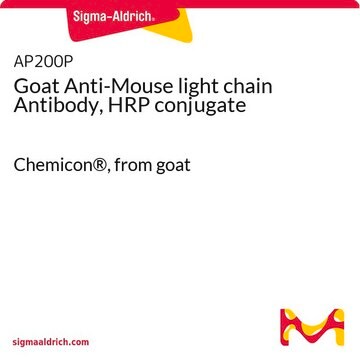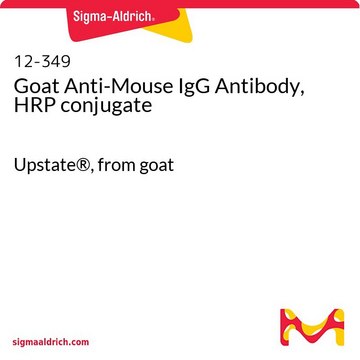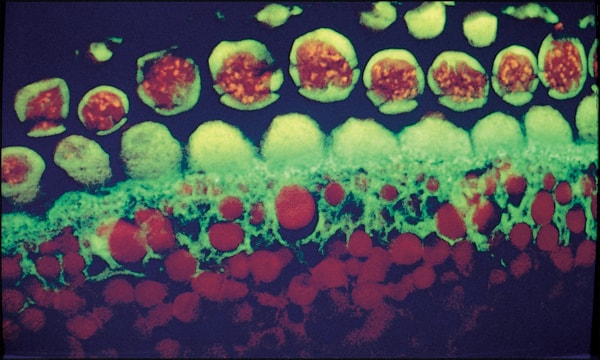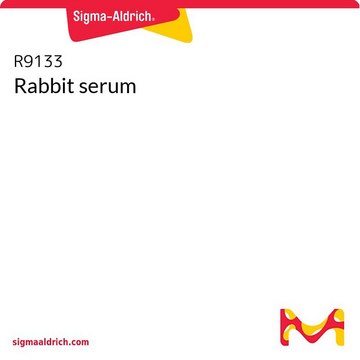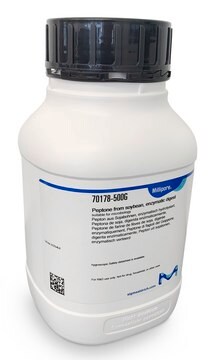AP200
Goat Anti-Mouse light chain Antibody
1.3 mg/mL, Chemicon®
Sign Into View Organizational & Contract Pricing
All Photos(1)
About This Item
UNSPSC Code:
12352203
eCl@ss:
32160702
NACRES:
NA.41
Recommended Products
biological source
goat
Quality Level
conjugate
unconjugated
antibody form
affinity purified immunoglobulin
antibody product type
secondary antibodies
clone
polyclonal
species reactivity
mouse
manufacturer/tradename
Chemicon®
concentration
1.3 mg/mL
technique(s)
ELISA: suitable
western blot: suitable
isotype
IgG
shipped in
dry ice
target post-translational modification
unmodified
Related Categories
General description
Antibody molecules typically comprise two immunoglobulin light chains covalently bound to a pair of heavy chains. Immunoglobulin light chains occur in two types, designated by the Greek letters kappa and lambda. Kappa and gamma light chains are approximately 250 amino acids in length with an average mass of about 25 kDa. The ratio of kappa to lambda found in the immunoglobulin population varies by species.
Specificity
Minimal cross-reaction with bovine, goat, horse, human, rabbit, rat, and sheep.
The antibody reacts strongly with native primary antibodies primarily with kappa light chains. It is not suitable for detecting lambda light chains. The antibody does not react with the heavy chain of mouse IgG. The antibody has been tested by ELISA and adsorbed to ensure minimal cross-reaction with bovine, goat, horse, human, rabbit, rat, and sheep immunoglobulins.
Immunogen
Epitope: Kappa light chain
Prepared from purified mouse IgG light chain.
Application
Detect Mouse light chain using this Goat anti-Mouse light chain Antibody validated for use in ELISA & WB.
Research Category
Secondary & Control Antibodies
Secondary & Control Antibodies
Research Sub Category
Fragment Specific Secondary Antibodies
Fragment Specific Secondary Antibodies
Target description
25 kDa
Physical form
ImmunoAffinity Purified
Purified by immunoaffinity chromatography. Liquid in 0.01M Sodium Phosphate, 0.25M NaCl, pH 7.6.
Storage and Stability
Maintain under sterile conditions at -20°C for up to twelve months from date of receipt. Avoid repeated freeze/thaw cycles.
Legal Information
CHEMICON is a registered trademark of Merck KGaA, Darmstadt, Germany
Disclaimer
Unless otherwise stated in our catalog or other company documentation accompanying the product(s), our products are intended for research use only and are not to be used for any other purpose, which includes but is not limited to, unauthorized commercial uses, in vitro diagnostic uses, ex vivo or in vivo therapeutic uses or any type of consumption or application to humans or animals.
Not finding the right product?
Try our Product Selector Tool.
Storage Class
12 - Non Combustible Liquids
wgk_germany
WGK 2
flash_point_f
Not applicable
flash_point_c
Not applicable
Certificates of Analysis (COA)
Search for Certificates of Analysis (COA) by entering the products Lot/Batch Number. Lot and Batch Numbers can be found on a product’s label following the words ‘Lot’ or ‘Batch’.
Already Own This Product?
Find documentation for the products that you have recently purchased in the Document Library.
Kinetics and oxidative mechanism for H2O2-enhanced iron-mediated aeration (IMA) treatment of recalcitrant organic compounds in mature landfill leachate.
Deng Y, Englehardt JD
Journal of Hazardous Materials null
Complete genome sequence of a serotype 11A, ST62 Streptococcus pneumoniae invasive isolate.
Camilli, R; Bonnal, RJ; Del Grosso, M; Iacono, M; Corti, G; Rizzi, E; Marchetti, M; Mulas et al.
BMC Microbiology null
Effects of various vacuum cleaners on the airborne content of major cat allergen (Fel d 1).
F de Blay, F Spirlet, P Gries, S Casel, M Ott, G Pauli
Allergy null
Joanne E Nettleship et al.
Methods in molecular biology (Clifton, N.J.), 801, 137-159 (2011-10-12)
In this chapter, protocols are described for converting mouse monoclonal antibodies into recombinant Fabs for transient expression in mammalian cells. Variable region genes are cloned by reverse transcription: PCR using either sequence specific or mixed 5' primers that hybridise to
Our team of scientists has experience in all areas of research including Life Science, Material Science, Chemical Synthesis, Chromatography, Analytical and many others.
Contact Technical Service